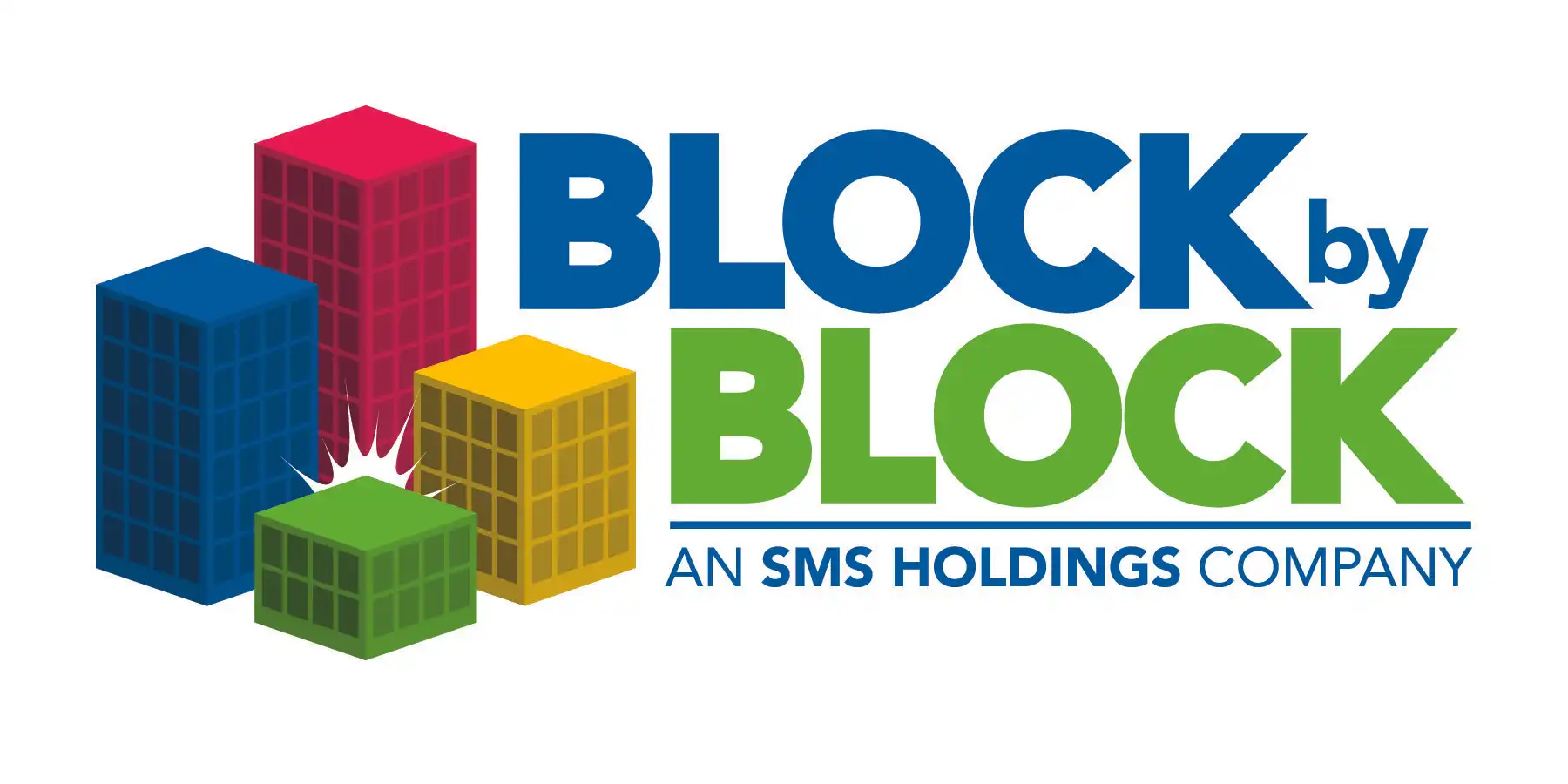ANALYSIS: Hawaii Elections: Time to ‘Just Mail It’
To be blunt, this election season was a real stinker.
After a botched primary on the Big Island that led Gov. Neil Abercrombie to issue an executive order extending polling hours, state officials spent months wrangling with the Hawaii County Clerk Jamae Kawauchi. After taking control of the general election on the Big Island, the state elections office managed to have a forehead-slapping moment of its own when 19 polling places on Oahu ran out of ballots.
To top all this off, our voter turnout has been abysmal of late, failing to hit the 50% mark in 2008. That gave us the dubious honor of having the lowest participation rate in the country, in the same year that a Hawaii native ascended to the presidency.
It wasn’t always like this.

After being granted statehood, Hawaii had one of the highest voter turnouts ever recorded. Image courtesy National Archives.
After Hawaii was granted statehood in 1959, our voter turnout was nothing less than stellar. Nine out of ten islanders voted in the first election after becoming the nation’s 50th state, a number not matched by any region in recent years.
How we managed to hit the bottom of the electoral barrel is a subject of debate. Analysts sometimes cite Hawaii’s remote location as a reason for our voter’s indifference, but this is a poor explanation when you consider that Alaska, our nation’s snowcap, managed one of the highest voter turnouts in the country, despite temperatures averaging 26 degrees on Election Day.
Alaska’s electoral success can be partially explained by how those frosty ballots are actually cast. The state encourages early (in-person or by mail) and absentee voting, and registered voters can even have ballots faxed to them. “Electronic transmission ballots” are due late in the afternoon on voting day.
Two other states go even farther in catering to “mail order” voters. Oregon and Washington have implemented entirely vote-by-mail elections. Voters there may pay postage to send their ballots in from home, or can take them to various drop boxes provided in their county. Voter participation in those states is now among the highest in the country, with at least 81% of Oregonians participating in the recent general election.
Back in Hawaii, Abercrombie, having seemingly lost patience with the elections process here, has announced his own intention to push for an entirely mail-in voting system. After expressing his frustration with the failings of state and county elections officials, he stated “we must consider new technologies that can help bring our election process into the 21st century.”
In his statement on the matter, Abercrombie expressed confidence in moving to such a system, noting continual increases in absentee voting over the last few elections.
Opposition to mail-in voting usually focuses on the risk of coercion or fraud, since votes could be scribbled in by someone other than the person registered. The relative security and privacy of a polling station does in theory prevent last-minute peer pressure or coercion from affecting a voters choice, but there have been very few instances to-date of actual fraud involving mail-in balloting.
For some who revere the process of rubbing elbows with fellow citizens on Election Day, the thought of abandoning the polling booth for a mailbox is enough to roll a tear. But in a state where there are fewer elbows to actually rub at the polling station, and a lack of trust brewing over the elections process itself, it may be time for mail-in balloting.
Those nostalgic for a voting booth can always hang a flag over their closet door, and fill out their forms in seclusion. If the experience in Washington and Oregon is any indication, this could be a change worth making.










